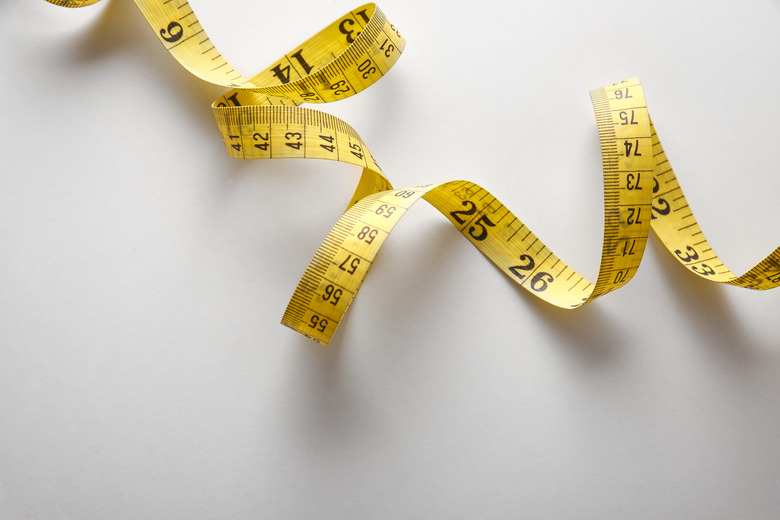How To Calculate Metric Conversions
Metric units are more common in science because it's easy to convert units of the same quantity, such as mass or length. Additionally, the base units of measure in the metric system are standardized, which is not the case with other systems, such as American units of measure. You'll need to know a conversion factor to convert a value from the American system to the metric system and vice versa.
Step 1
Learn the prefixes for the metric system. Prefixes allow you to multiply or divide the base unit of measure by a factor of some power of 10. Greek prefixes are used for multiples of 10, and Latin prefixes are used for divisors of 10. For example, "kilo" is the Greek prefix for 1,000, so a kilometer is 1,000 meters. Similarly, "milli" is the Latin prefix for one thousandth, so a millimeter is .001 meters.
Step 2
Obtain a conversion factor for the conversion you wish to make. These conversion factors won't typically be an exact value, so your conversion factor will need to be as accurate as necessary for a particular conversion. For example, there are approximately 39.37 inches in a meter.
Step 3
Apply an appropriate conversion factor to the measurement. For example, a measurement of 7 meters is approximately equal to 7 x 39.37 = 275.59 inches.
Step 4
Convert your value back to the original unit of measure by using the reciprocal of the original conversion factor. For example, if there are approximately 39.37 inches in a meter, then there is approximately 1/39.37 or 0.0254 meters in an inch.
Step 5
Convert a value to a different unit of measure in the metric system by shifting the decimal point of the value. For example, there are 1,000 millimeters in a meter by definition. In order to convert meters to millimeters, you would simply shift the decimal point three places to the right. A value of 7.298 meters is therefore equal to 7,298 millimeters.
Things Needed
- Calculator
- Table of conversion factors
Cite This Article
MLA
Robinson, Allan. "How To Calculate Metric Conversions" sciencing.com, https://www.sciencing.com/how-to-calculate-metric-conversions-12751781/. 31 May 2013.
APA
Robinson, Allan. (2013, May 31). How To Calculate Metric Conversions. sciencing.com. Retrieved from https://www.sciencing.com/how-to-calculate-metric-conversions-12751781/
Chicago
Robinson, Allan. How To Calculate Metric Conversions last modified March 24, 2022. https://www.sciencing.com/how-to-calculate-metric-conversions-12751781/
